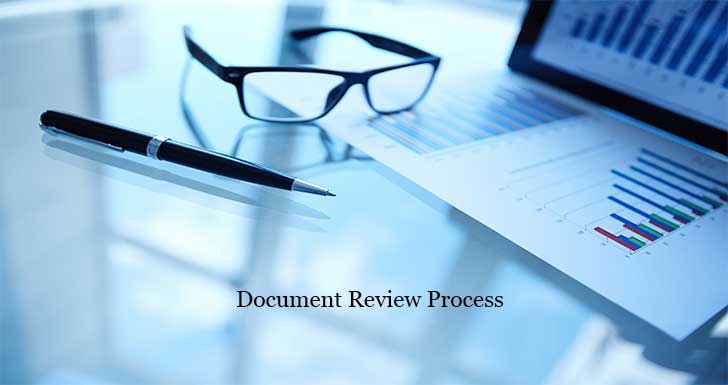DEFINITION
Documentation review is a process where the document goes through one or multiple stages of review. Reviewers and the feedback gets amended in the document. The outcome of the document review process is that it enhances the accuracy and quality of the document. Documentation review is one of the most time-consuming activities regarding end-user documentation. It requires much concentration and focuses since it’s not as simple as reading through the document and spotting grammatical errors or typos. In fact, it’s much more complicated than that and requires scrutiny of every word, heading, sentence, and paragraph to ensure that there are no logical inconsistencies or gaps in information (Somasundaram, 2022).
CHARACTERISTICS
According to Johnson (2015), these are some of the characteristics or steps that the document review has for any research. It is important that researchers know how to use it adequately in order to have success in their project or future projects.
- Review is used for the “generalized” level of rigor, that is, a high-level examination looking for required content and for any obvious errors, omissions, or inconsistencies.
- Study is used for the “focused” level of rigor, that is, an examination that includes the intent of “review” and adds a more in-depth examination for greater evidence to support a determination of whether the document has the required content and is free of errors, omissions, and inconsistencies
- Analyze is used for the “detailed” level of rigor, that is, an examination that includes the intent of both “review” and “study,” adding a thorough and detailed analysis for significant grounds for confidence in the determination of whether required content is present and the document is correct, complete, and consistent.
MAIN USES
- To gather background information.
Reviewing existing documents helps you understand the history, philosophy, and operation of the program you are evaluating and the organization in which it operates.
- To determine if implementation of the program reflects program plans.
The review of program documents may reveal a difference between formal statements of program purpose and the actual program implementation. It is important to determine if such a difference exists and to clarify the program intent before moving forward with the evaluation.
- To need information to help you develop other data collection tools for evaluation.
Reviewing existing documents to better understand the program and organization you are evaluating will help you formulate questions for interviews, questionnaires, or focus groups or develop an observation guide.
- To need data to answer what and how many evaluation questions.
Reviewing program documents is useful for answering basic evaluation questions related to the number and type of participants, number and type of program personnel, and program costs.
ADVANTAGES AND DISAVANTAGES
ADVANTAGES
• Relatively inexpensive.
• Good source of background information.
• Unobtrusive.
• Provides a behind-the-scenes look at a program
that may not be directly observable.
• May bring up issues not noted by other means.
DISADVANTAGE
• Information may be inapplicable, disorganized,
unavailable, or out of date.
• Could be biased because of selective survival of information.
• Information may be incomplete or inaccurate.
• Can be time consuming to collect, review, and
analyze many documents.

Comentarios
Publicar un comentario